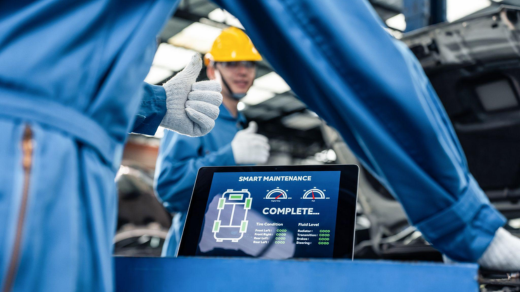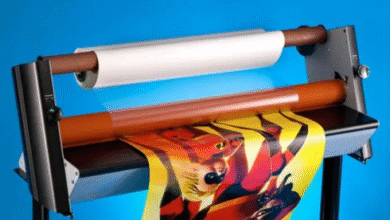The Birth of VTEC Technology
Honda’s approach to engine design has always challenged conventional thinking, producing powerplants that deliver exceptional performance from modest displacements while maintaining legendary reliability. The introduction of VTEC (Variable Valve Timing and Lift Electronic Control) technology in 1989 revolutionized how engineers approached naturally aspirated performance, creating engines that could deliver both efficiency and exhilarating power. This innovation established Honda as a leader in engine technology and created a devoted following among enthusiasts worldwide.
The genesis of VTEC stemmed from Honda’s racing heritage and their desire to bring race-derived technology to street vehicles. Traditional engine designs forced engineers to choose between low-end torque and high-rpm power. VTEC eliminated this compromise by effectively giving engines multiple personalities. At low speeds, the engine operates with mild cam profiles for smooth operation and fuel efficiency. When higher performance is demanded, the system switches to aggressive cam profiles, transforming the engine’s character completely.
Understanding VTEC Mechanics
Understanding how VTEC works helps appreciate its brilliance. The system uses hydraulic pressure to lock together rocker arms, engaging different cam lobes as engine speed increases. This mechanical simplicity ensures reliability while delivering dramatic performance gains. The characteristic “VTEC engagement” sensation became iconic among enthusiasts, representing the moment when Honda’s engineering excellence reveals itself through a surge of power and an intoxicating exhaust note.
The B-series engines exemplified Honda’s commitment to accessible performance. These compact powerplants found homes in various Civic and Integra models, transforming ordinary cars into genuine performance machines. The B16A, producing 160 horsepower from just 1.6 liters, demonstrated that displacement wasn’t everything. The B18C, found in the Integra Type R, pushed this formula further, becoming one of the highest specific output naturally aspirated engines ever mass-produced.
JDM Specifications and Advantages
For enthusiasts seeking proven performance solutions, JDM Honda engine for sale options offer distinct advantages over USDM specifications. Japanese market engines often featured higher compression ratios, more aggressive VTEC programming, and additional refinements that enhanced performance. These differences weren’t merely theoretical; they translated to tangible improvements in power delivery and engine response that drivers could feel and appreciate.
The K-series engines represented Honda’s next evolutionary step, incorporating lessons learned from decades of VTEC development. These engines featured advanced technologies like intelligent VTEC (i-VTEC), which added variable cam timing to the existing variable lift system. The result was even broader powerbands and improved efficiency. The K20A, particularly in Type R specification, became the new benchmark for naturally aspirated four-cylinder performance.
Engineering Excellence Beyond VTEC
Honda’s engine design philosophy extends beyond just VTEC technology. Their commitment to precise manufacturing tolerances, high-quality materials, and thorough testing results in engines that routinely exceed 200,000 miles with basic maintenance. This reliability stems from features like fiber-reinforced metal cylinder liners, forged connecting rods in performance variants, and carefully designed cooling systems that maintain optimal temperatures under all conditions.
The tuning potential of Honda engines has created an entire industry segment. From basic bolt-on modifications to extensive builds featuring forced induction, Honda engines respond well to modifications when approached correctly. The strong aftermarket support means parts availability remains excellent even for older engines. This ecosystem enables enthusiasts to create anything from reliable daily drivers with enhanced performance to dedicated track weapons.
Maintenance and Longevity
Maintenance of Honda engines reflects the company’s engineering philosophy. These engines tolerate neglect better than most, but they truly shine when properly maintained. Regular oil changes using appropriate grades, timely timing belt replacements on applicable models, and attention to cooling system health ensure these engines deliver decades of reliable service. The mechanical simplicity of older Honda engines makes them particularly appealing for enthusiasts who prefer to perform their own maintenance.
The environmental impact of Honda engines deserves recognition. Through technologies like VTEC, Honda achieved impressive power outputs while maintaining excellent fuel efficiency and low emissions. Many Honda engines from the 1990s already met strict emissions standards without sacrificing performance. This forward-thinking approach made Honda engines environmentally responsible choices long before such considerations became mainstream.
Racing Heritage and Development
The racing heritage of Honda engines continues to influence their design and development. Technologies proven on racetracks eventually find their way into production engines, ensuring that even economy-focused models benefit from competition-derived improvements. This racing connection also means that Honda engines can withstand the stresses of competition when properly prepared, making them popular choices for various motorsport disciplines.
The global Honda enthusiast community provides invaluable resources for those interested in these engines. From detailed build threads to troubleshooting guides, the collective knowledge available helps newcomers and experienced builders alike. This community support, combined with excellent parts availability, makes Honda engine swaps and builds more accessible than ever before.
The Future of Honda Performance
Looking toward the future, Honda’s commitment to performance continues even as the industry shifts toward electrification. The company’s hybrid systems incorporate lessons learned from decades of engine development, and their continued investment in internal combustion technology ensures that enthusiasts will have options for years to come. The enduring popularity of classic Honda engines also guarantees ongoing support from both Honda and the aftermarket.
In conclusion, Honda engines represent a perfect confluence of innovation, reliability, and performance potential. From the revolutionary introduction of VTEC to the continued refinement seen in modern engines, Honda has consistently pushed boundaries while maintaining their core values. Whether seeking a reliable daily driver engine or a foundation for a high-performance build, Honda engines offer proven solutions backed by decades of development and millions of satisfied owners. Their combination of engineering excellence and enthusiast support ensures these engines will remain relevant and desirable for generations to come.





